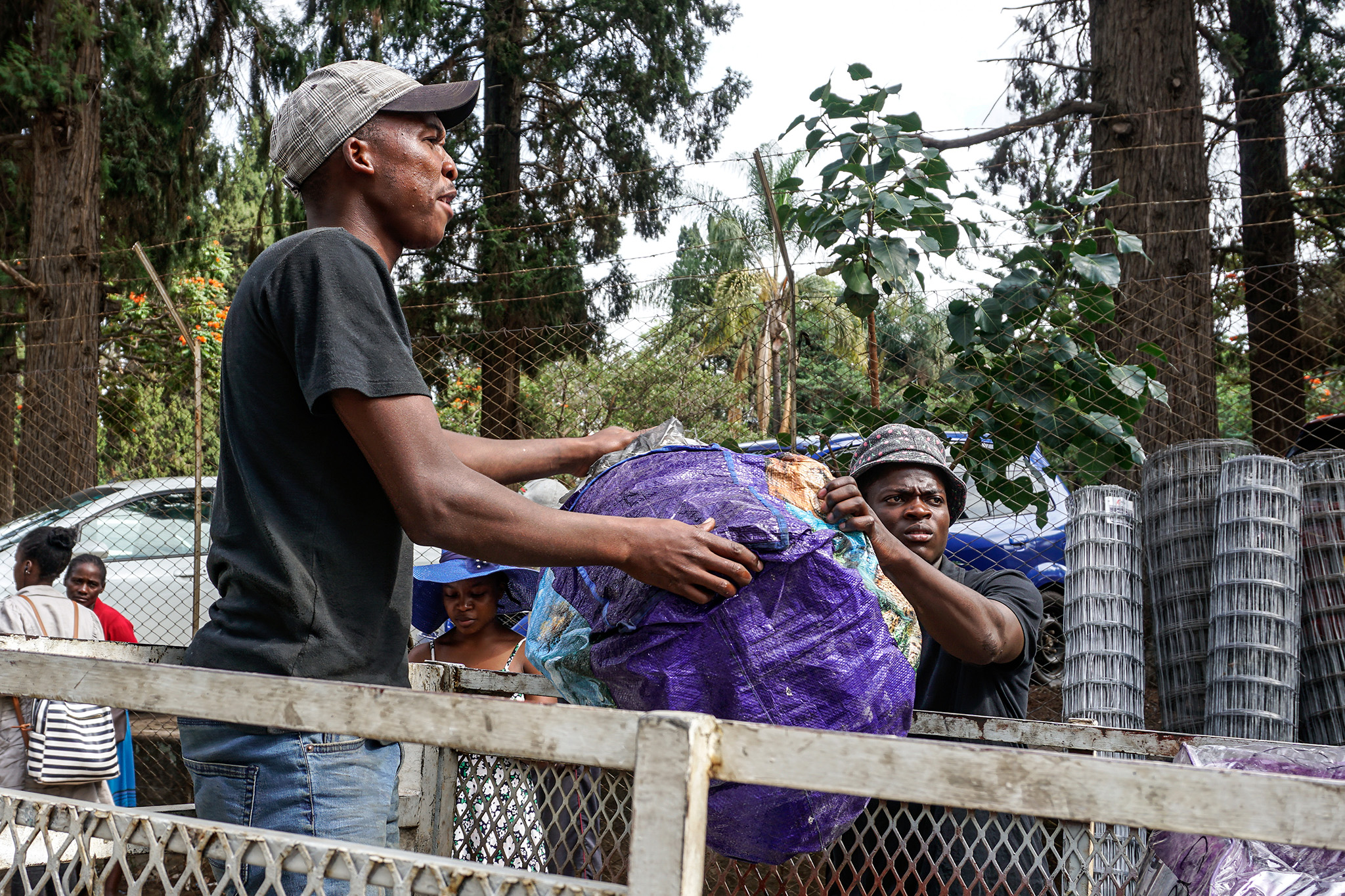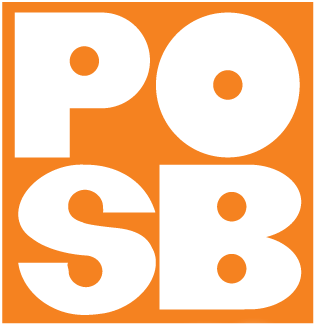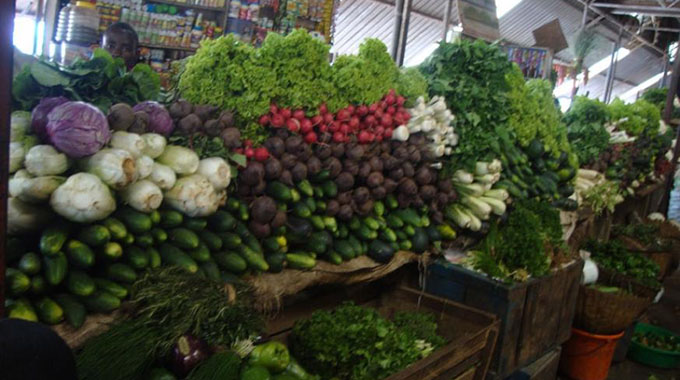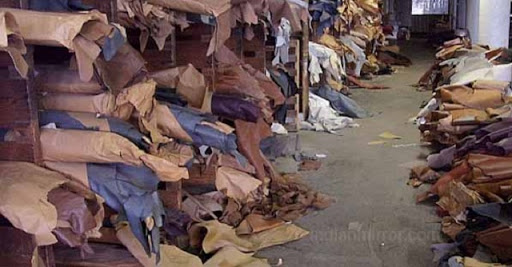Leather sector partners university to research goat, sheep skin use
THE Zimbabwe Leather Development Council (ZLDC) has partnered with Lupane State University to provide research on the use of goat and sheep skin in the leather industry.
Speaking during a recent breakfast meeting held in Bulawayo, ZLDC secretary Mr Jacob Nyathi said that goat and sheep skins are currently being thrown away.
However, he said other countries are processing that, which adds a lot to the export of processed leather.
“We need to look at that more proactively. We have a project in collaboration with the Lupane State University, where we are now processing goat and sheep skins into leather and other suitable leather products,” said Mr Nyathi.
“Goat leather is stronger than cow leather and makes much more exotic products; we need to focus on that as well.”
Lupane State University
Zimbabwe used to be among the top leather producers in the region, but over the years, due to a myriad of operational challenges, output has remained subdued.
Estimates indicate that leather shoe production has plummeted to 1,5 million pairs annually from a peak of 17 million in the 1990s after some of the established manufacturing factories closed shop in recent years.
However, the country’s leather sector is geared to reclaim lost ground with a host of interventions being implemented under the Zimbabwe Leather Sector Strategy (2021-2030).
The Government launched the new Zimbabwe Leather Sector Strategy in 2020 to anchor increased investments and maximise value-addition and beneficiation to promote export-led industrialisation.
Mr Nyathi said the challenge of second-hand clothes continues to affect the sector, with the need for relevant Government ministries to find ways to deal with the situation.
He also called upon the Government to finalise the duty rebate list and the establishment of a warehouse to promote easy access and affordability to raw materials.
Mr Nyathi said raw materials account for more than 70 percent of what is required for the whole manufacturing process.
“What also needs to be done is for us to collaborate more with our institutions of higher learning to do some more research and import substitution on some of these inputs, as well as reverse engineering on some of the processes,” he said.
“As ZLDC, we are active in reaching out to our colleagues, suggesting projects, so that we work together. They give us input from the research side, like the eco-friendly tanning project; we suggested it as ZLDC, and Lupane State University took over.
“This is the way to go: Academia and industry collaboration, particularly for Bulawayo.”-chroncile










